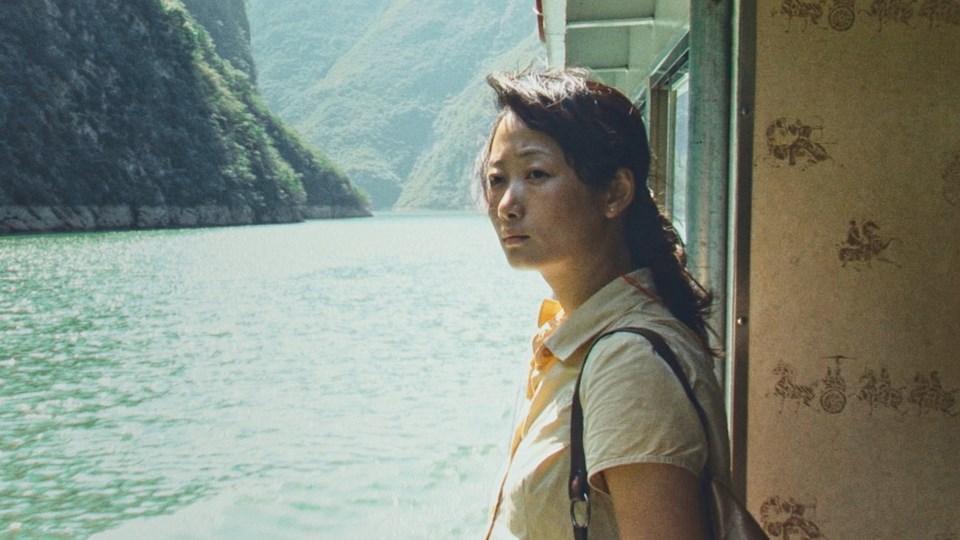is less than two hours long and yet contains nearly a quarter-century of timeās relentless march forward.
Few films course with history the way it does in the an epic collage that spans 21 years. Jia undertook the film during the pandemic, assembling a mix of fiction and documentary, including images from his earlier films as well as newly shot scenes.
That might sound like a mishmash kind of moviemaking. But for Jia, the preeminent cinematic chronicler of 21st century China, itās a remarkably cohesive, even profound vessel for capturing what has most interested him as a filmmaker: the tidal wave-sized currents of technological progress and social transmutation that wash over a lifetime.
The high-speed upheavals of modern China are, of course, a fitting setting for such interests. Jiaās films are often most expressed in their surroundings ā in vistas of infrastructure that dwarf his protagonists. Fans of Jia will recognize some from his previous films. For me, thereās never been a more moving backdrop from him than the rubble and mass displacement of the project (seen here, as in his 2008 film āStill Lifeā).
āCaught by the Tidesā is ostensibly about Qiaoqiao (Zhao Tao, Jiaās wife and muse) and her lover Bin (Li Zhubin), whom she searches for years after a row sent them in different directions. But in āCaught by the Tides,ā these characters are more like life rafts bobbing in expansive waters, making their way aimlessly.
The poetry of āCaught by the Tidesā comes from a grander arc. In one of the filmās opening scenes, shot on grainy digital film, women in a Datong city room laugh together, singing old, half-remembered songs. The filmās final scenes, set more than two decades later in the southern city of Zhuhai, are more crisply photographed and depict a more impersonal world of smartphones, robots and QR codes. For a moment, Jia even adopts the perspective of a surveillance camera.
Another moment: a shot, from pre-digital times, drifting down a street with men looking back at us, smoking and mildly curious. Cut then to what might be the same street years later, where a woman parades as a model in front of a sprawling shopping mall.
In āCaught by the Tides,ā these changes go unexplained and unspoken. But the evolutions they chart are deeply familiar to anyone who has lived through even some of these years, in China or elsewhere. We see how people once moved differently, spoke differently and sang differently. Progress and loss exist together as one. Zhao and Li age through the film, leaving them weathered, too, by time. A song late in the film goes: āI canāt grasp the warmth we once shared.ā
āCaught by the Tides,ā a Sideshow and Janus Films release, is unrated by the Motion Picture Association. In Mandarin. Running time: 116 minutes. Three and a half stars out of four.
Jake Coyle, The Associated Press




